The man was charged with theft, accused of ingesting the necklace while in a jewelry store in Auckland, New Zealand.
De Beers Rolls Out ‘Diamonds from DTC’ Origin Program
Sightholders now will be able to refer to rough stones from the company as “DTC diamonds.”

London—De Beers has officially launched its provenance program, allowing sightholders to refer to the diamonds they buy from the company as “DTC diamonds.”
The diamond miner confirmed earlier this year that the use of DTC diamonds would begin after the second or third sight, relaxing a long-standing rule that barred sightholders from attaching a De Beers name to their goods in any way. They were permitted only to say the diamonds came from one of the four countries where De Beers mines: Botswana, South Africa, Namibia or Canada.
DTC, or Diamond Trading Co., was the name formerly used for De Beers’ sales and marketing arm. The DTC was established in 1934 but the name was retired, so to speak, a few years ago when De Beers Group began tagging everything “De Beers.” The DTC became De Beers Global Sightholder Sales.
Beginning with the third sight of 2019, running now through April 5, sightholders and accredited buyers will be able to refer to diamonds purchased from the sights as “diamonds from DTC” or “DTC diamonds” along the supply chain.
In Canada, they will use “diamonds from Diamond Trading Company” instead, De Beers said.
Trade members also will be able to use the “diamonds from DTC” provenance claim across the value chain down to the consumer level, subject to meeting certain criteria.
The name “De Beers,” however, is still off-limits to the trade, as the company explained to National Jeweler in February.
In accordance with the change, De Beers relaunched the DTC.com website, which provides transparency information on each of the mines of origin in Canada, Botswana, Namibia and South Africa, it said.
“We are proud of where our diamonds are discovered, how we recover them responsibly and the role our activities play in building thriving communities,” De Beers CEO Bruce Cleaver said. “By enabling our customers to share the source of origin of our diamonds, we hope to drive further transparency throughout the diamond value chain.”
De Beers’ move is just one of several efforts from the industry to drive transparency in the diamond mining sector.
In January, Tiffany & Co. rolled out its “Diamond Source Initiative,” providing the country of origin for most “individually registered” diamonds—those that are 0.18 carats or larger and have been laser-engraved with “T&Co.” and a unique serial number.
The GIA also just announced that it will begin offering a Diamond Origin Report service
To be eligible, customers will be required to submit the original rough diamonds and resulting polished diamonds to GIA for analysis so they can be matched, and to confirm the origin information provided by the participating miners.
The GIA’s new Diamond Origin Report will include the country of origin, the 4Cs for each diamond and a report number inscription.
The Latest
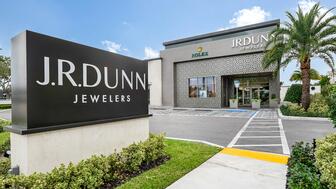
The Florida independent expanded its store from 8,000 to 14,000 square feet, fulfilling the vision of its late co-founder, Jim Dunn.
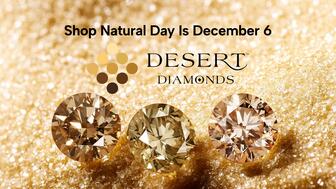
Sponsored by De Beers Group

How Jewelers of America’s 20 Under 40 are leading to ensure a brighter future for the jewelry industry.
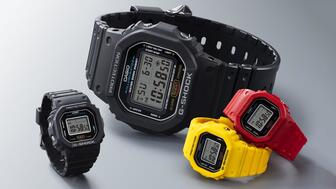
The classic 5600 series G-Shock has been scaled down to about a tenth of its size, becoming a fully functioning watch ring.


The association’s annual conference and gala will take place Feb. 4, 2026, during the Tucson gem shows.

The January show will include a workshop for jewelry retailers on implementing AI to strengthen their businesses.

Roseco’s 704-page catalog showcases new lab-grown diamonds, findings, tools & more—available in print or interactive digital editions.
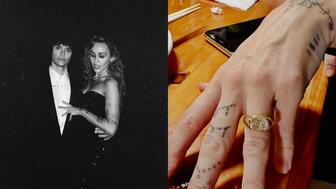
Fellow musician Maxx Morando proposed to the star with a chunky, cushion-cut diamond ring designed by Jacquie Aiche.

The retailer, which sells billions in fine jewelry and watches, is suing the Trump administration and U.S. Customs and Border Patrol.

Black Friday is still the most popular shopping day over the five-day holiday weekend, as per the National Retail Federation’s survey.

The historic egg, crafted for Russia's ruling family prior to the revolution, was the star of Christie’s recent auction of works by Fabergé.
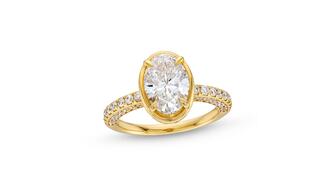
The retailer offered more fashion jewelry priced under $1,000, including lab-grown diamond and men’s jewelry.
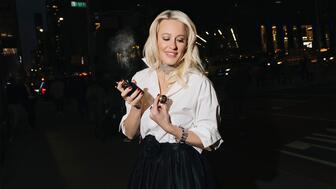
The eau de parfum is held in a fluted glass bottle that mirrors the decor of the brand’s atelier, and its cap is a nod to its “Sloan” ring.

In addition, a slate of new officers and trustees were appointed to the board.
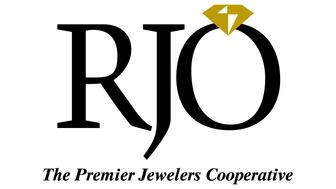
Witt’s Jewelry in Wayne, Nebraska, is the organization’s new milestone member.
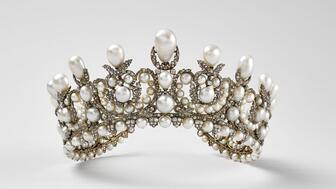
The man, who has a criminal history, is suspected of being the fourth member of the four-man crew that carried out the heist.
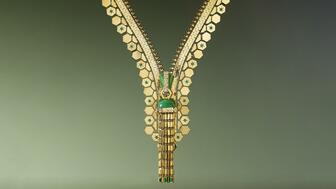
The single-owner collection includes one of the largest offerings of Verdura jewels ever to appear at auction, said Christie’s.
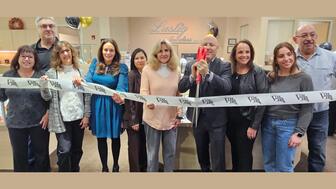
Michael Helfer has taken the reins, bringing together two historic Chicago jewelry names.

The guide features all-new platinum designs for the holiday season by brands like Harwell Godfrey, Ritani, and Suna.

During its Q3 call, CEO Efraim Grinberg discussed the deal to lower tariffs on Swiss-made watches, watch market trends, and more.
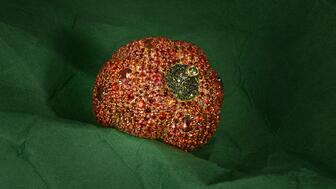
Rosior’s high jewelry cocktail ring with orange sapphires and green diamonds is the perfect Thanksgiving accessory.

The “Embrace Your True Colors” campaign features jewels with a vibrant color palette and poetry by Grammy-nominated artist Aja Monet.

Luxury veteran Alejandro Cuellar has stepped into the role at the Italian fine jewelry brand.
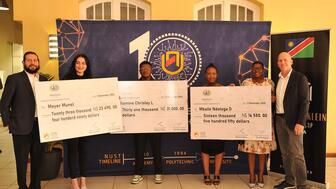
The company gave awards to four students at the Namibia University of Science & Technology, including one who is a Grandview Klein employee.

She is remembered as an artist who loved her craft and was devoted to her faith, her friends, and her family.
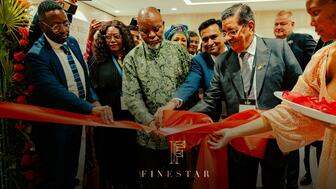
It joins the company’s other manufacturing facilities globally, including in India, Botswana, and Namibia.



























